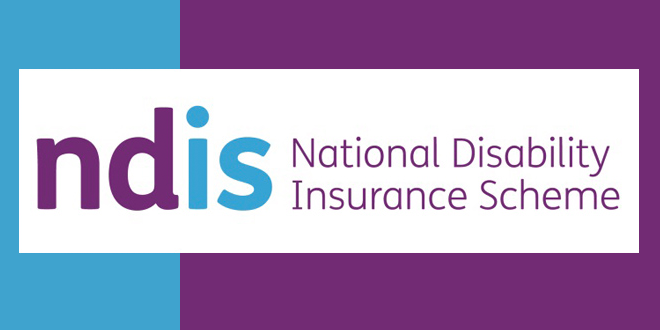We all know that people with disability living in regional and remote communities face unique barriers to accessing the services they need to reach their full potential and lead a good life. This is influenced by the complex interplay between structural and physical isolation, and the highly individualised needs of many communities. Furthermore, there is the challenge of attracting and maintaining a workforce. These social and economic disadvantages are particularly pervasive among Aboriginal and Torres Strait Islander populations living in these areas.
Whilst this may paint a bleak picture, these communities also have unique strengths. Regional and remote communities have a strong history of coming together in times of crisis to find practical solutions. This can reduce the isolation and risks people in these communities’ face. As a result, these communities are often well positioned to provide the support that individuals with disability need to live a good life.
On the 26th of July 2019, Baptcare hosted a roundtable discussion in Hounville Tasmania with thirty-two disability leaders from across Australia. These leaders included people with disabilities, local and state representatives, NDIA decision-makers, academics and services providers. Over the course of the day, the group discussed the issues that individuals with disability in regional and remote communities face, along with some potential solutions.
The roundtable discussion revealed a number of potential solutions for individuals, organisations and government to respond more effectively to the issues. These answers have been developed into the following ‘11 keys to unlock better outcomes when working with people with disability in regional and remote Australia’:
1. Building Capacity and Connections
By building the capacity and social cohesion of communities we can reduce the need for specialised support services. The community will often be better positioned to identify and provide for a person’s support needs.
2. User-led Development
People with disabilities know what they need. We need to engage with them to have productive conversations and outcomes. It is essential that these individuals have the opportunity to use their skills and be consulted by organisations planning on providing disability services in their community.
3. Community-led Development
Local leaders are vital to the success of any reform. Regional and remote towns tend to have a centralised history and person-to-person connections.
4. Flexibility and Creativity
It is necessary to be adaptive to respond to the needs of individuals and the broader community. As we know, one size does not fit all. This is especially true when applied to user and community led development models. Contracts should include frameworks of practice that provide general principles, approaches and desired outcomes. Rather than purely focusing on procedures and tasks.
5. Flexible Business Development
Businesses need to adopt more flexible structures, and better at listen to local needs. For example, mutual or cooperative organisations, that are employee owned and led, are well suited to responding to the highly individualised needs of their surrounding locale. It is also important to have local offices that are responsive to local needs, rather than always operating from centralised offices.
6. Addressing the Red Tape
Governments need to streamline compliance requirements and address the cost and excessive process of auditing, as it is often a disincentive to small rural businesses. It was also suggested that if these businesses could avoid these excessive costs while still complying with standards by working with NDIS Self-Managed Participants and not becoming registered providers.
7. Local Economic Development
It is a significant challenge to maintain local workforce populations in the regional and rural healthcare/disability sector. Progress can be guaranteed if these communities are able to obtain funded support for employment infrastructure. This issue could be taken up in the Economic Development portfolio of government and does not need to be classified it as purely disability related.
8. LAC and ECEI Partners
Local Area Coordination (LAC) and Early Childhood Early Intervention (ECEI) partners can help with remote strategies, creating opportunities and supporting local debate and discussion. However, their framework needs more emphasis is need on inclusive communities. This can be achieved by building out from people’s lives, rather than solely looking to replace existing support networks. This requires building the capacity of a person’s supports with a strong purpose and vision.
9. Technology
Technology can provide individuals and organisations with the ability to respond to different situations in a cost-effective way.
10. Research and Data Collection
We need better funded and published research about how the NDIS is currently performing. Without it, it will be difficult to adequately address the NDIS developmental needs in regional and remote communities.
11. Collaboration
In order to improve communication and coordination of services for individuals with disabilities in regional and remote Australia we need collaboration! Major disadvantages, such as poverty, require a multi-layered response from government, organisations and individuals to reduce their impact on people’s lives. Collaboration with Local Government plays an even larger role in regional areas, as they have the ability to contribute directly to the development of training providers, funding bodies, and service providers.
Working in regional and remote communities can present a number of unique challenges. But working with the community to find practical local solutions promises to be a clear path forward.
Source: Disability Services Consulting







